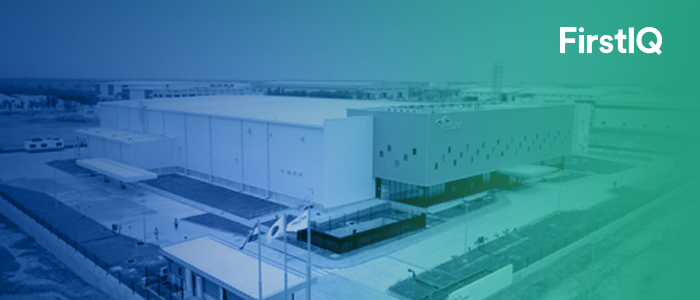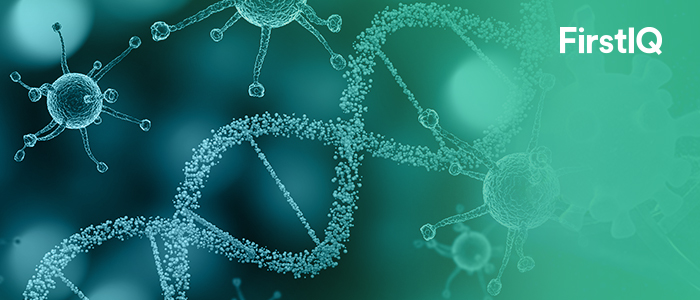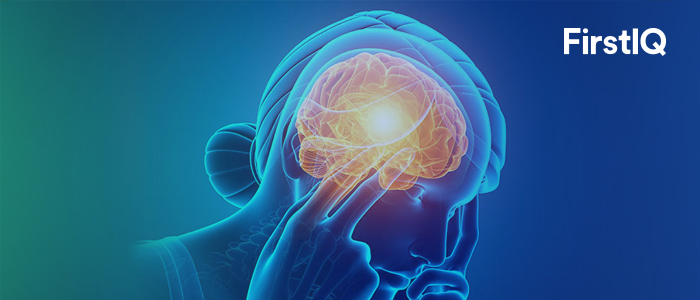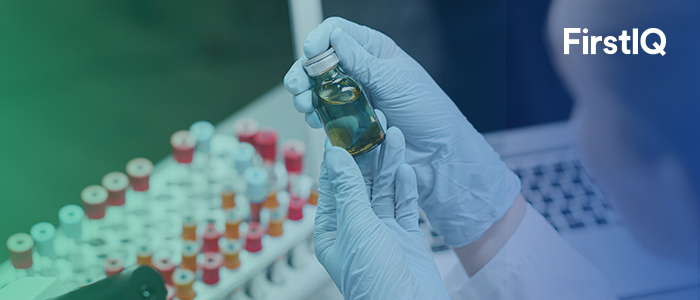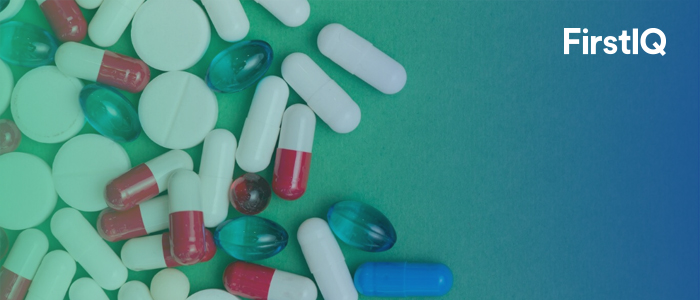Empowering India’s Fight Against Cancer: Innovations, Awareness, and Accessible Care Driving the Change in Oncology Sector

India is now standing at a crucial point in transforming the lives of people through delivery the oncology care as cancer cases are rising each year across the country.
“India’s Malignancy Care Push: Bold Steps by Indian Government for Better Access and Treatment”
The Union Budget 2025-26, signifies the major steps of the Government of India towards enhancing cancer care, such as:
- Day Care Cancer Centres: The government of India planned for the development of Day Care Cancer Centres in the district hospitals and also planned to establish 200 centres for 2025-26.
- As per the statement posted by the Union Health Ministry Nirmala Sitharaman on X,“The Union Budget 2025-26 significantly invests in healthcare, allocating USD 11523.68 million to the Ministry of Health and Family Welfare. This represents a 191% increase since 2014-15, demonstrating the government's commitment to improving the health and well-being of all citizens”.
Customs Duty Exemptions:
- To reduce the financial burden on patients by reducing the treatment costs, 36 essential drugs and medicines for treating malignancy, and other chronic diseases, were exempted from Basic Customs Duty.
- Oncology drugs and medicines that are distributed under Patient Assistance Programs, that are run by pharmaceutical companies, are fully exempted from BCD, that supports wider reach of subsidized treatments.
India's Advancements Towards Indigenous Cancer Treatment and Radiopharmaceutical Innovation
- April 2024: The first indigenously developed CAR-T cell therapy was launched in India, known as NexCAR19. It is developed via the partnership between IIT Bombay, Tata Memorial Centre and ImmunoACT.
The Director of Tata Memorial Centre, Dr. Sudeep Gupta said, “The collaboration between IIT (B) and Tata Memorial Centre to develop the first indigenous CAR T Cell Therapy product has been extremely fruitful and satisfying. This CAR-T Cell Therapy product will save many lives at much lower cost compared to the cost of such products available outside India. We hope that in years to come, our collaboration will lead to the development of other Cell and Gene Therapy products that will help our patients with various cancers”.
- March 2024: Department of Atomic Energy developed and launched various several radio-pharma products with BARC, with focus towards supply of radioisotopes and radiopharmaceuticals in the country its research reactors.
The below table depicts the list of indigenously developed radio-pharma products in India
Table: Indigenously developed radio-pharma products
|
S.no. |
Product Description |
Use |
|
1 |
177Lu-DOTA TATE |
Therapy of neuro endocrine tumors |
|
2 |
177Lu-DOTA-TRASTUZUMAB |
Breast cancer expressing HER-2 receptors |
|
3 |
90Y-GLASSMICROSPHERES |
Liver cancer therapy |
|
4 |
188ReN-DEDC/Lipiodol (improved method) |
Liver cancer therapy |
|
5 |
177Lu-CHX-A"-DTPA-Rituximab |
Therapy of non-Hodgkin’s lymphoma |
|
6 |
188ReN-DEDC/Lipiodol |
Liver cancer therapy |
|
7 |
131I-lipiodol |
Liver cancer therapy |
Source: Department of Atomic Energy
Pushing Boundaries in Oncology: From Awareness to Advanced Therapies in India
- June 2025: Tata Memorial Centre in collaboration with ICICI Bank announced the building of new oncology research centre at the Homi Bhabha Cancer Hospital and Research Centre, Vishakhapatnam.
- June 2025: FUJIFILM India launched a campaign, 'Find It Early, Fight It Early' with an aim to focus on rising awareness as well as important need for the early detection and diagnosis of breast tumour.
- February 2025: IIT Madras developed nanoarchaesomes, which is a type of nanoparticle that delivers anti-cancer drugs directly to the targeted sites of malignant tumour cells.
Such technology innovates the way of treatment for breast care apart from the traditional therapies, such as chemotherapy and radiation.
Future of Oncology Care in India
- Increased demand for care services:
Expansion of Day Care Cancer Centres, early detection and screening programs, raises demand for the treatment, which further boosts the revenue for diagnostic and treatment facilities.
- Focus towards developing indigenous products:
Development of CAR-T cell therapy as well as radio-pharmaceuticals domestically reduces the dependency on imports, that propels local biotechnology and pharmaceutical sectors.
- Empowering public awareness opens avenues for preventive sector:
Media campaigns and wellness initiatives increases the general public knowledge regarding cancer prevention, that drives demand for screening and early tumourdetection.
- Employment and economic growth:
Expansion of care centres and research facilities, generates job opportunities across the healthcare, technical as well as support sector domains, that contributes significantly to the overall growth of market as well as national economy.
